Ukrainian disarmament: what arsenals did the state lose, and what processes preceded it?
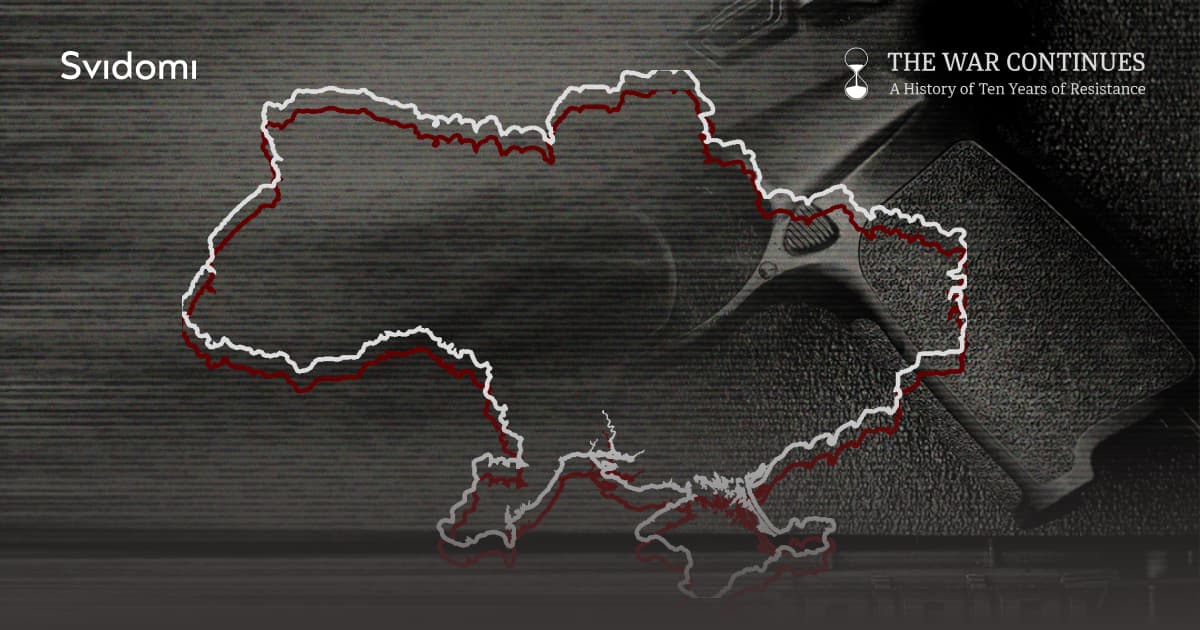
Most Ukrainians are familiar with the so-called Budapest Memorandum, signed by Ukraine, Russia, the United States and the United Kingdom. Under it, Ukraine gave up the world's third-largest nuclear arsenal. In return, the country was supposedly given security guarantees.
However, Ukraine has lost some of its weapons not only in the process of nuclear disarmament but also because of gas debts to Russia, the actions of pro-Russian politicians in Ukraine, and within the framework of programs in cooperation with NATO.
Read the article to find out what other weapons Ukraine has transferred to Russia, under what conditions, and what has been disposed of.
This article was published as part of the special project 'The War Continues: A History of Ten Years of Resistance'.
What is disarmament, and how was this process implemented in Ukraine?
The concept of disarmament is one of the general principles for the maintenance of international peace and security. Disarmament is the process of reducing various types of weapons.
This process began in the early 70s of the last century when relations between the United States and the Soviet Union were governed by a number of international treaties, such as the Treaty on the Non-Proliferation of Nuclear Weapons, which was approved by the UN General Assembly and entered into force in 1970, the Strategic Arms Limitation Treaty (OCO-1) — 1972, the Strategic Arms Limitation Treaty (OCO-2) — 1979, the Strategic Arms Reduction Treaty (CHO-1), signed in January 1991, etc.
Most of these agreements were signed between the United States and the Soviet Union, except the Nuclear Non-Proliferation Treaty, which applies to all states. These treaties limited the number of nuclear warheads, ballistic missiles, and launchers possessed by the parties.
Before Ukraine regained its independence in 1991, it was part of the Soviet Union, and nuclear warheads were deployed on its territory. After the collapse of the USSR, nuclear weapons were located in four countries — Russia, Ukraine, Kazakhstan, and Belarus. Along with the nuclear weapons, Ukraine inherited an expensive, specialised infrastructure that needed maintenance.
Ukraine has embarked on a course of disarmament in the face of economic challenges and pressure from the international community, including the United States. In October 2023, the American magazine "The National Interest" published archival material on how the administrations of Presidents George W. Bush and Bill Clinton, the Pentagon, and NATO leaders pressured Ukraine to give up its nuclear weapons.
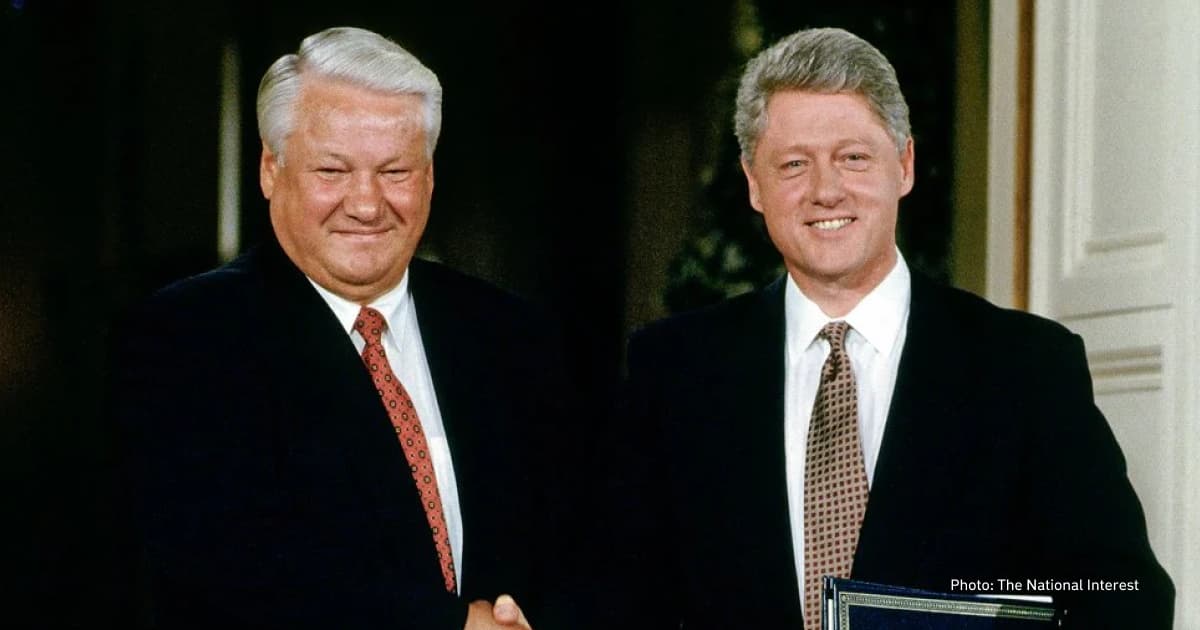
In this article, the authors claim that archival documents dispute the rationale for the historical renunciation of nuclear weapons, namely that Ukraine could not possess the technical controls. They write that senior administration officials were also convinced that Ukraine did indeed possess the means necessary to become a fully nuclear-armed state. The future CIA head, James Woolsey, according to archival documents, wrote a memo during the election campaign in which he stated that "Ukraine, unlike Belarus [sic] and Kazakhstan, has a very substantial military-industrial complex capable of supporting a nuclear-armed state".
"The unearthed papers show the USSR’s last foreign minister, Eduard Shevardnadze, confirming that “just one nuclear missile” in Ukrainian hands would have been enough to safeguard its independence so far as Russian strategic planning was concerned. They also show top American officials — from both parties — fretting over Russia’s belligerent, irredentist behaviour during the negotiations, including repeated concerns about a potential future Russian invasion of Ukraine even as they chided “whiners” in Kyiv for expressing the same anxieties,"
the newspaper writes.
The newspaper claims that US officials had no intention of providing Ukraine with "real security guarantees". At the same time, then-Russian President Boris Yeltsin helped the US pressure Ukraine to join the Nuclear Non-Proliferation Treaty and sign the Budapest Memorandum.
A few months before the release of The National Interest article, in April 2023, former US President Bill Clinton expressed his regrets for persuading Ukraine to give up nuclear weapons.
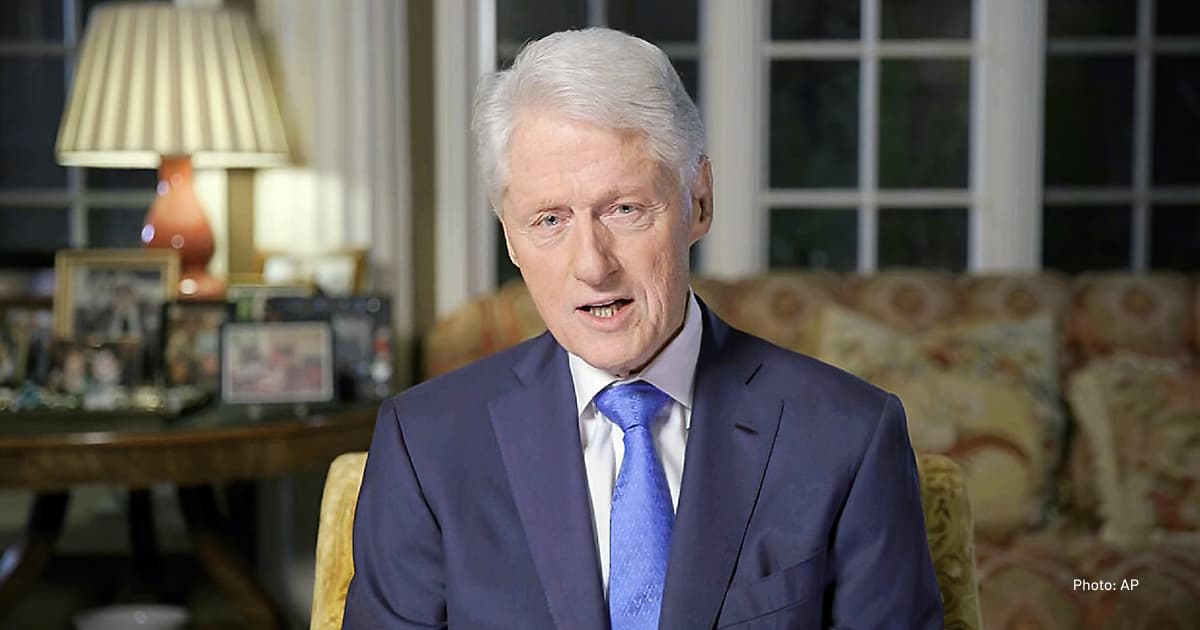
"I feel a personal stake because I got them [Ukraine] to agree to give up their nuclear weapons. And none of them believe that Russia would have pulled this stunt (war against Ukraine — ed.) if Ukraine still had their weapons," he said in an interview with the Irish media outlet RTE.
In this process, Ukraine joined a number of international treaties. The first is the Lisbon Protocol to the Strategic Arms Reduction Treaty (CHO-1), which Ukraine, Belarus, Kazakhstan, Russia, and the United States signed in May 1992. This treaty launched the nuclear disarmament of Belarus, Kazakhstan and Ukraine. According to it, these states became parties to the CHO-1 treaty, acceded to the Treaty on the Non-Proliferation of Nuclear Weapons, and pledged to eliminate or transfer nuclear warheads to Russia.
In 1993, Ukraine and the United States signed an agreement to assist Ukraine in eliminating strategic offensive weapons (the so-called Nunn-Lugar programme — ed.). In return for eliminating the weapons, Ukraine was to receive about $350 million from the United States.
Another example of international agreements signed by Ukraine in the process of disarmament is the Massandra Accords with Russia, which regulated the elimination of nuclear warheads. According to the agreement, all types of ICBM nuclear warheads, as well as the warheads of nuclear air-launched cruise missiles deployed in Ukraine, were to be moved to the territory of the Russian Federation for dismantling and disposal; the Russian Federation was to compensate Ukraine for the cost of each nuclear warhead exported within one year after the date of the warhead's crossing of the border. Russia also had to ensure the disposal of all nuclear warheads deployed in Ukraine.
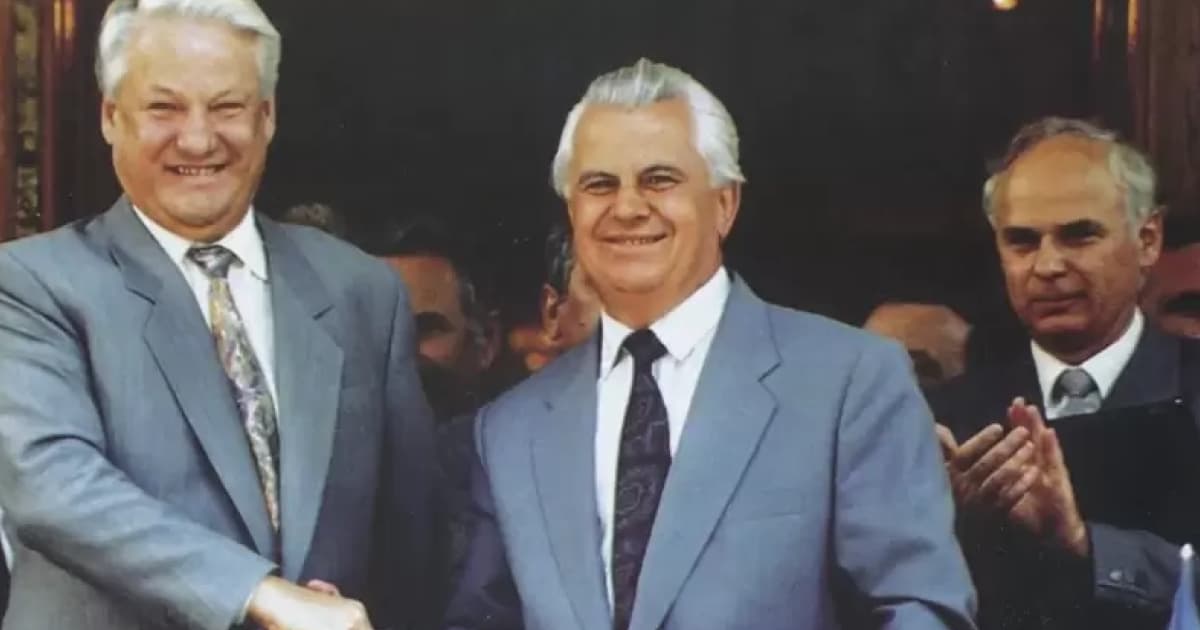
Under international treaties, Ukraine was obliged to eliminate 19 Tu-160 aircraft capable of carrying nuclear warheads. Foreign representatives were present at the sawing of the last aircraft to monitor the process of fulfilling the obligations. Under the Lisbon Protocol to the Strategic Arms Reduction Treaty, Ukraine also undertook to stop using Tu-22M aircraft by 2003 (there were about 60 of them). The last aircraft was eliminated in 2007.
What did Ukraine give to Russia in return for its gas debts?
Not all the weapons that Ukraine had were handed over to Russia under international treaties. In 1999, Ukraine and Russia signed an intergovernmental agreement on the transfer of heavy bombers equipped with Tu-160 and Tu-95MS long-range nuclear cruise missiles, 575 long-range cruise missiles (X-55) and equipment for their maintenance (although negotiations on the possibility of transferring these heavy aircraft began in 1994 — ed.).
Russia paid $275 million for 11 heavy strategic bombers, 575 cruise missiles, and other equipment. According to RFL/RL, the initial compensation for the bombers was $650 million, which was then reduced to $450 million. Finally, Russia wrote off $275 million of Ukraine's debt. These funds were used to pay off Ukraine's gas debt to Russia's Gazprom, so Ukraine received no direct financial compensation.
Ihor Bakai, the then chairman of the board of Naftogaz, is said to be the author of the idea of transferring weapons to Russia in return for debt relief.
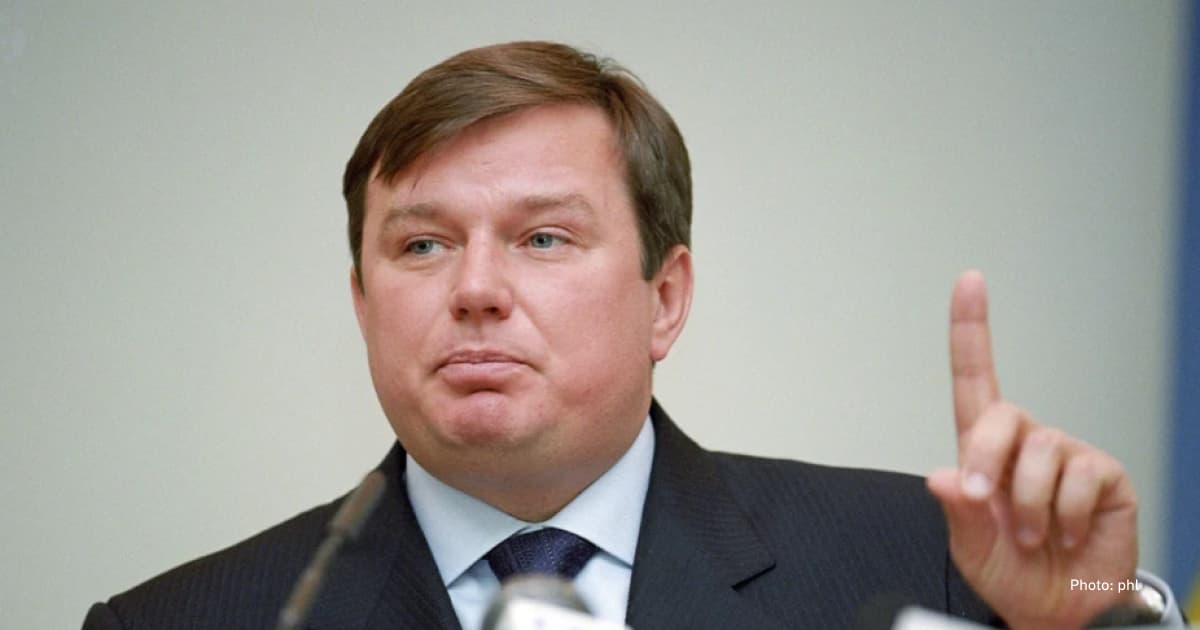
Mykhailo Honchar, head of the Centre for Global Studies "Strategy XXI", told RFE/RL there were questions about whether Ukraine was giving the aircraft cheaply. However, Russia was putting pressure on Ukraine. According to Mykhailo Honchar, it would have also been challenging for Ukraine to maintain these aircraft in the country's economic situation.
In 2019, a parliamentary commission found that all the aircraft were delivered together with engines with minimal flight hours from the start of service. The Tu-160s were equipped with 1989 and 1991 engines, and the Tu-95MS had 1990 and 1991 engines. Their engines were also supplied with minimal or medium wear from the start of operations. The Commission also assumed that Ukraine had transferred all the documentation, including design documents, for the aircraft and missiles to Russia.
The Commission recognised that this agreement, which was approved during the term of Leonid Kuchma, was contrary to Ukraine's national interests and in line with Russia's economic and political interests; it violated Ukraine's laws and caused huge losses.
After the beginning of the full-scale invasion, Russia began to attack Ukraine with X-55 missiles, which led to a debate in the media about whether these missiles belonged to Ukraine. Some media outlets claimed that the missiles were Ukrainian but relied on anonymous sources to prove it, while others denied it.
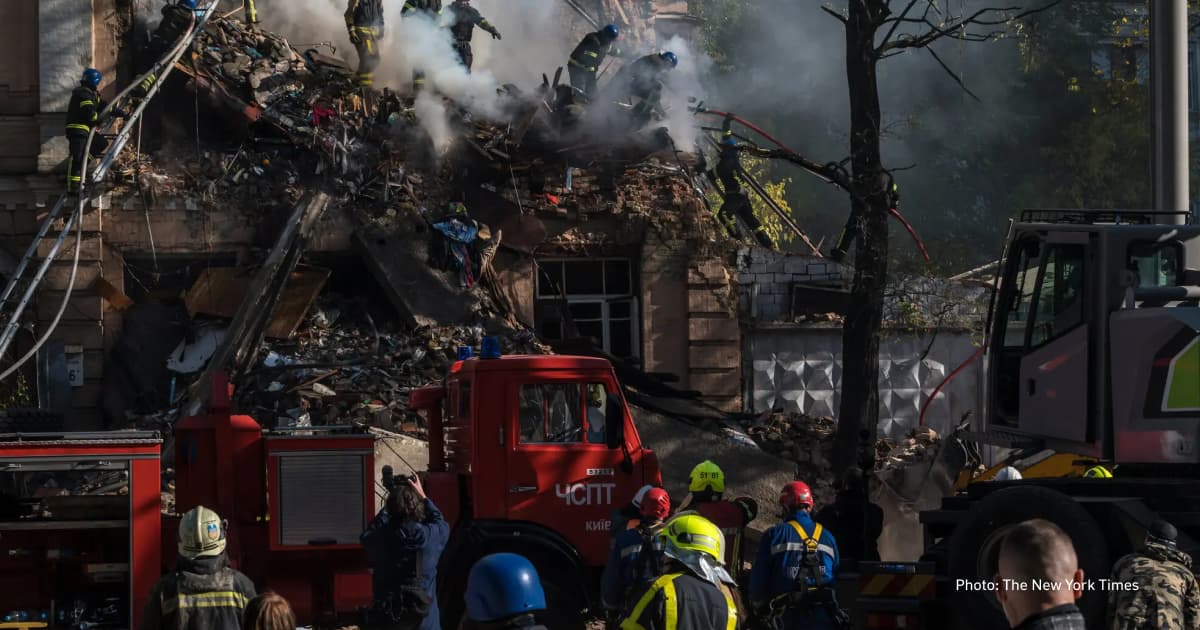
However, in 2023, the Schemes project (RFE/RL) found that in rocket attacks on Ukrainian cities, Russia used missiles that Ukraine had transferred in 1999 to pay for gas.
The journalists analysed the text of the agreement and the list of missile numbers transferred, comparing them with the numbers on missiles used by the Russian army during the full-scale invasion of Ukraine. They identified at least ten missiles fired by the Russian Federation at Ukrainian cities. The numbers of these missiles were included in the list of missiles transferred to Russia.
In particular, these included three missiles that were shot down by Ukrainian air defence in January, May and April 2023 in Kyiv and its region. Another X-55 hit a multi-storey building in the capital in late 2022, killing a woman. Another missile hit a house in the Kyiv region, injuring a child.
Russian Lebedev — Minister of Defence and the elimination of air defence systems
In 2013, the then Minister of Defence Pavel Lebedev decided to remove the S-200V stationary air defence systems with a range of up to 250 kilometres from the Ukrainian arsenal.
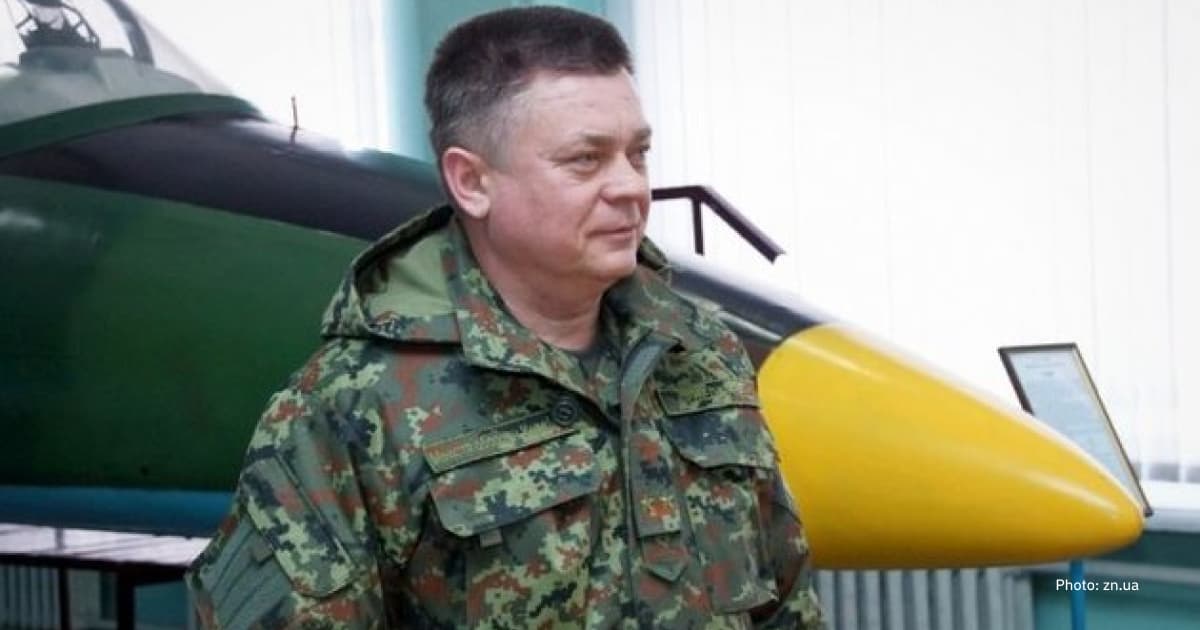
According to Ukrainska Pravda in 2013, with reference to the Militarnyi (the direct reference has not been preserved — ed.), the ministry removed all S-200Vs based in Kyiv, Odesa, Kherson and Feodosia from combat duties.
The S-200 was the only long-range system capable of protecting large industrial areas and destroying aircraft on approach to Ukraine's borders.
The main reason for the move was the "moral and physical obsolescence of the complex". The newspaper noted that on October 4, 2001, during the training exercises in Crimea, the S-200 missed its target and was diverted to a civilian Tu-154 flight from Tel Aviv to Novosibirsk, killing 78 people.
In 2018, Ivan Rusnak, Ukraine's then Deputy Defence Minister, said that Ukraine had enterprises ready to return almost three S-200 systems to combat readiness. He said it would take Ukraine one year to restore the S-200s. Rusnak claimed that there were missiles for the SAMs.
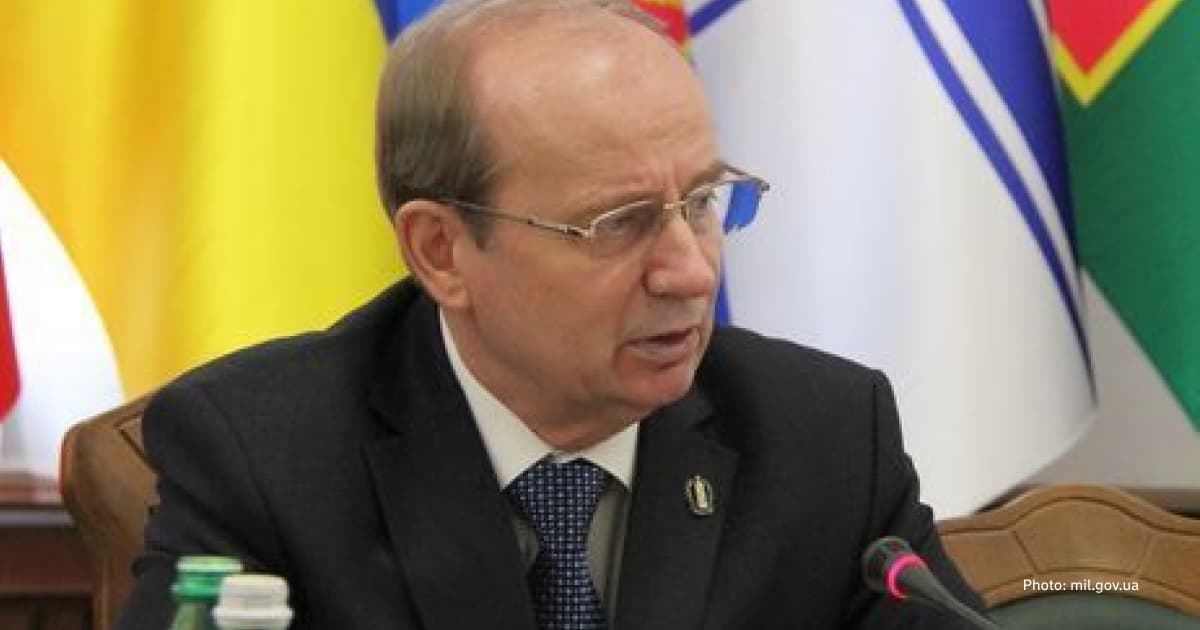
Disposal of surplus small arms and ammunition
As part of the NATO Trust Fund Project, implemented with the support of the United States, Ukraine has begun the process of disposing of surplus small arms and ammunition. The reason why Ukraine and NATO started this process was the fact that Ukraine still had a large amount of unusable ammunition and technically obsolete weapons from the Second World War, which "could pose a danger not only to Ukraine but also far beyond its borders".
Ukraine's participation in this programme meant closer cooperation with NATO.
The ammunition disposal was carried out in two stages. The first stage began in 2006 and ended in 2012. During this time, Ukraine disposed of 15,000 tonnes of ammunition, 400,000 small arms and light weapons (SALW) and 1,000 man-portable air defence systems (MANPADS). The Trust Fund's contribution to this project phase was €10.8 million.
The second stage began in 2013 after the contract was signed in Kyiv. It was aimed at the disposal of 73,500 tonnes of conventional ammunition, 366,000 small arms and 3 million PFM-1 anti-personnel mines (the so-called Lepestok or butterfly mines). The USSR used them during the Soviet-Afghan war, injuring many children who mistook them for toys. The Russians are also using these mines in the war against Ukraine, especially, according to British intelligence, in the Donetsk direction — ed.)
In July 2014, after the outbreak of the war in the east, the then Head of the Arms Control Department of the International Security Department of the Ministry of Internal Affairs, Kateryna Bila, stated that Ukraine had stopped disposing of light weapons and small arms until it "regained control over the entire territory and restored territorial integrity".
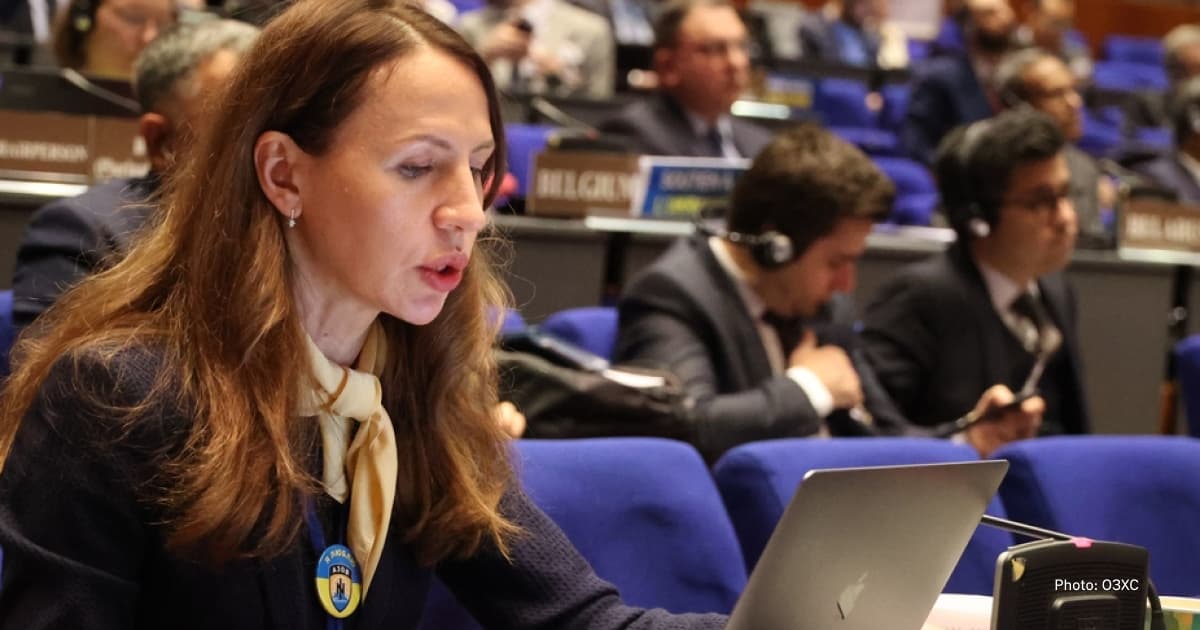
However, this did not apply to butterfly mines. In 2018, two million such mines were destroyed at the Pavlohrad Chemical Plant in Ukraine. Representatives of the Ukrainian Ministry of Defence and the NATO delegation participated.
How are the results of this policy assessed now?
There are still discussions in Ukrainian society about this state policy and what consequences it has now, at the time of Russia's full-scale invasion.
For example, the head of the government delegation to the 1992-1993 nuclear disarmament talks with Russia called the 1999 transfer of aircraft and missiles to Russia in exchange for payment of gas debts a "state crime".
In the spring of 2023, then-Defence Minister Oleksii Reznikov said that in the past, Ukraine had made a big mistake when it paid for gas with Russia with various weapons. Now, the Ukrainian state needs to build up its air defence.
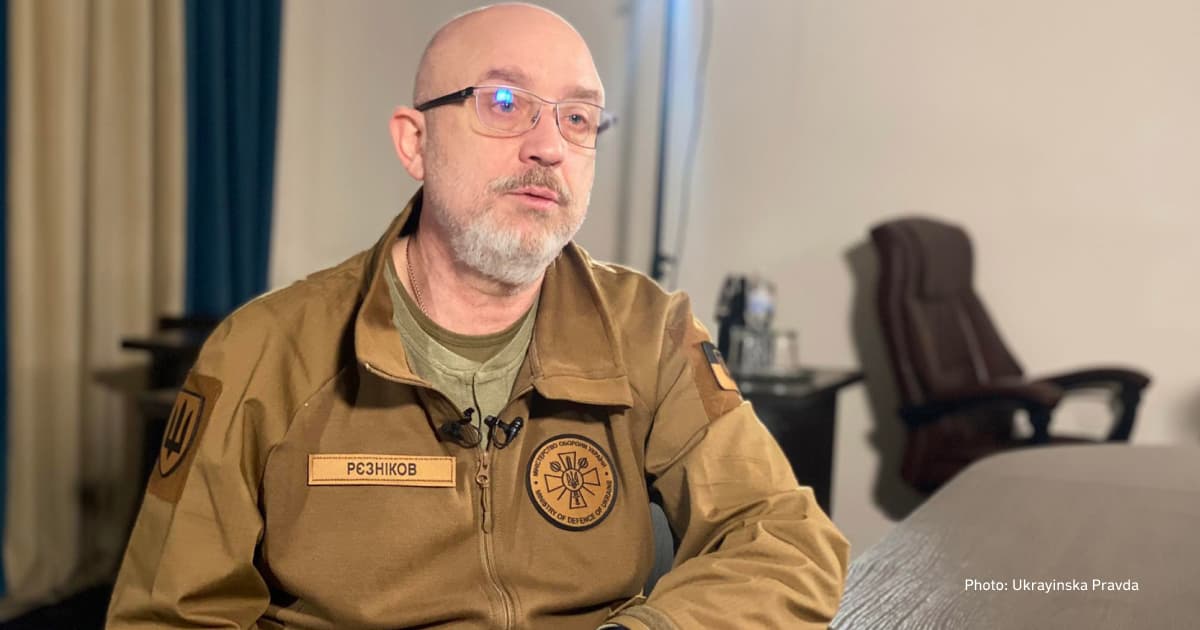
"We made a crazy mistake as a country. We paid for Russian gas with S-300 systems, missiles and so on,"
Reznikov said.


